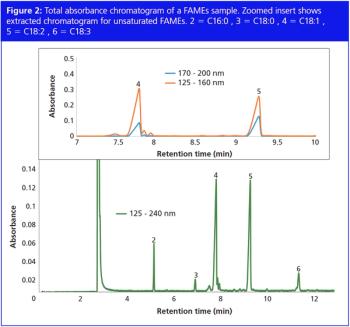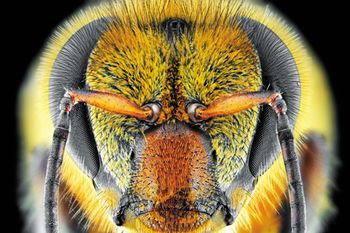
The Column
The characterization of transcripts, proteins, peptides, and metabolites in cells is important to study disease mechanisms and develop novel therapeutics. Peter Nemes - from the George Washington University, Washington, USA - spoke to The Column about the important role of capillary electrophoresis–electrospray ionization (CE–ESI) and time-of-flight mass spectrometry (TOF-MS) in this area of research.






